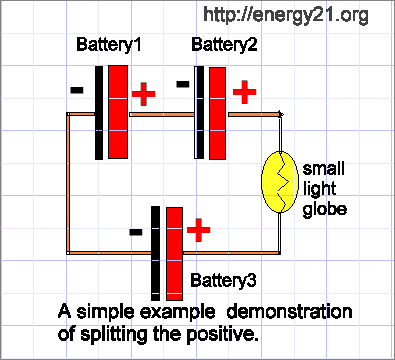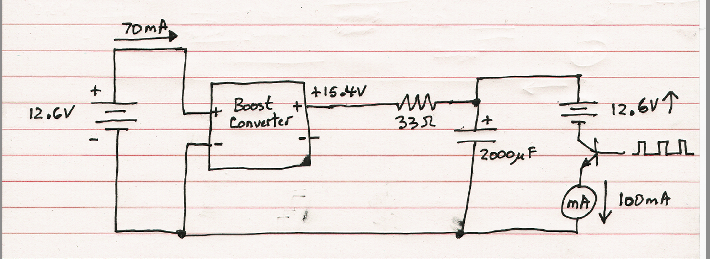This thread will be for beginners who never witnessed the
BASIC FREE ENERGY circuit as shown by John Bedini.
After we understand this portion of the study we can
move on to a more complex study with additional feature
that can result in an even higher COP.
First we will look at the most basic function of splitting
the positive to show how easy it is to use energy by
recirculation.
Some who claim advanced status can not verify these
simple results, what does that mean? It means that
many are not as advanced as they might like everyone
to think.
I am trying to learn this myself and I think this video
is quite clear so I have come aside to post video's
on splitting the positive or what I think qualifies as
"SPLITTING THE POSITIVE.
I didn't want to cludder up Turion's more advanced thread
with these beginner video's. Many experimenters, including
Dave and Matt have shared these basic ideas.
If the video's I post are incorrect I am sure the advanced
students with point this out.
All of this said so that this foundational concept can be verified
in spite failed attempts by "SO CALLED" "ADEPTS"?
BASIC FREE ENERGY circuit as shown by John Bedini.
After we understand this portion of the study we can
move on to a more complex study with additional feature
that can result in an even higher COP.
First we will look at the most basic function of splitting
the positive to show how easy it is to use energy by
recirculation.
Some who claim advanced status can not verify these
simple results, what does that mean? It means that
many are not as advanced as they might like everyone
to think.
I am trying to learn this myself and I think this video
is quite clear so I have come aside to post video's
on splitting the positive or what I think qualifies as
"SPLITTING THE POSITIVE.
I didn't want to cludder up Turion's more advanced thread
with these beginner video's. Many experimenters, including
Dave and Matt have shared these basic ideas.
If the video's I post are incorrect I am sure the advanced
students with point this out.
All of this said so that this foundational concept can be verified
in spite failed attempts by "SO CALLED" "ADEPTS"?


















Comment